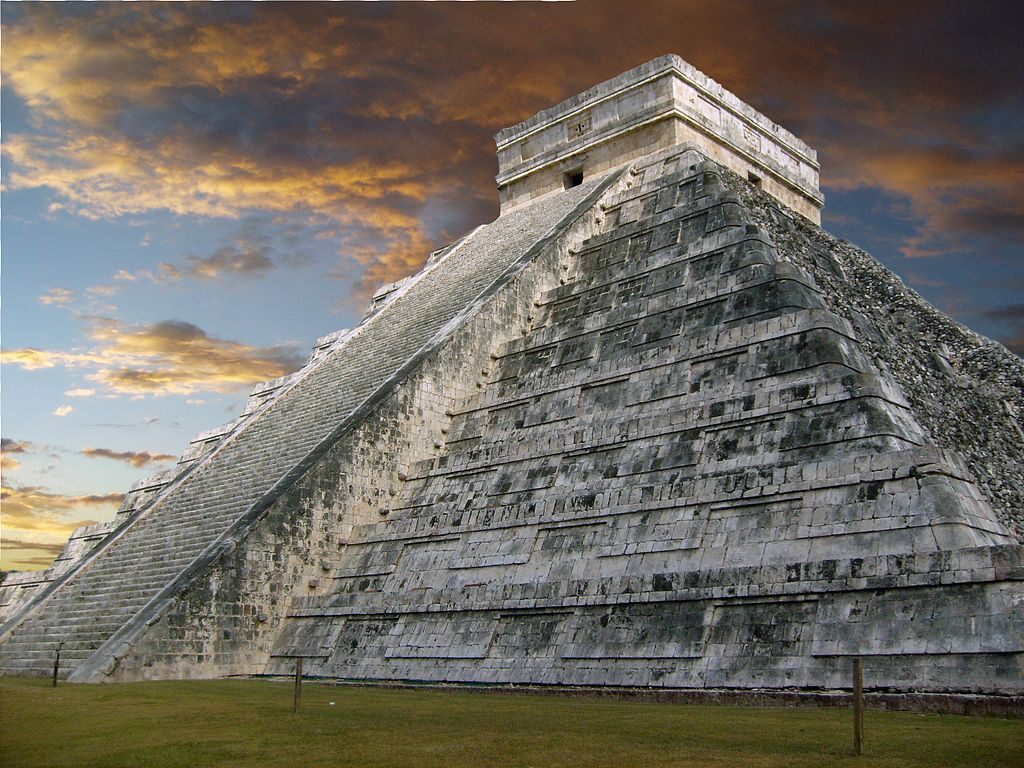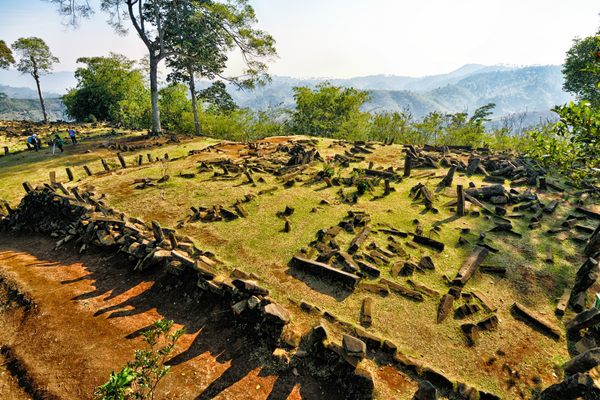FOUND: A River Hidden Under a Giant Pyramid

Chichen Itza (Photo: Cocojorgefalcon/Wikimedia)
The city of Chichen Itza, in Mexico’s Yucatan peninsula, was one of the largest in the Maya world for centuries, starting sometime after the year 750 until 1250. Its name means “at the mouth of the well of Itza,” and the center of the city, there was a giant pyramid, that’s still standing today. And underneath the pyramid, archaeologists have just discovered an underground river.
Sixty five feet under the ground, there’s a cavern—the chamber of an underground river, which is covered by rock. The archaeologists found it not by excavating under the pyramid (which would put it in danger) but by scanning the ground with an electric resistance survey. This part of Mexico is dotted with cenotes, small pools created by sinkholes in the limestone. Underground rivers like this one often connect them.
The question now is: did the Maya architects of the pyramid purposefully build on top of the river? As the Associated Press explains, “The cenotes that surround the pyramid could represent the four points of the compass. The river at the center might represent the center of the Maya’s universe, which they thought of as a tree with roots reaching below ground.” In other words, a pretty good place to build a giant religious monument.
Bonus finds: Part of a previously unknown Fitzgerald novel about ballerinas, a baby exoplanet that’s a lot like Jupiter
Every day, we highlight one newly lost or found object, curiosity or wonder. Discover something unusual or amazing? Tell us about it! Send your finds to sarah.laskow@atlasobscura.com.







Follow us on Twitter to get the latest on the world's hidden wonders.
Like us on Facebook to get the latest on the world's hidden wonders.
Follow us on Twitter Like us on Facebook